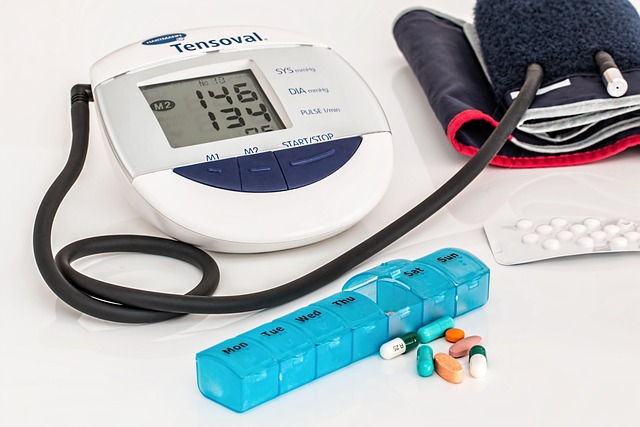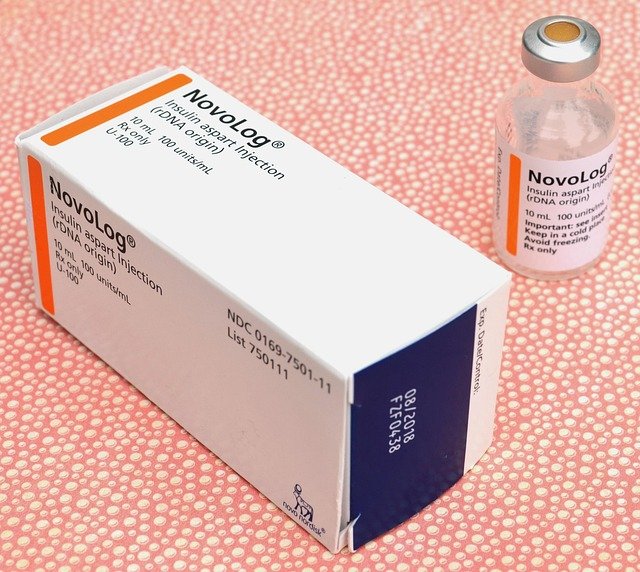Silent Signals: Decoding CAH in Women
Congenital Adrenal Hyperplasia (CAH) is a group of inherited disorders affecting the adrenal glands. In women, CAH can present with subtle signs that often go unnoticed. Understanding these silent signals is crucial for early diagnosis and effective management. This article delves into the intricacies of CAH in women, exploring its symptoms, hormonal impacts, and strategies for living well with this condition.

What are the subtle signs of CAH in women?
CAH in women can manifest through various subtle signs that may be overlooked or attributed to other conditions. These can include irregular menstrual cycles, excessive body hair growth (hirsutism), acne, and difficulty conceiving. Some women may also experience male-pattern baldness or a deepening of their voice. It’s important to note that these symptoms can vary in severity and may not all be present in every case. Recognizing these signs early can lead to timely diagnosis and treatment.
How do hormonal changes impact women with CAH?
The hormonal imbalances associated with CAH can significantly affect a woman’s body. In CAH, the adrenal glands produce an excess of androgens (male hormones) while often lacking cortisol and aldosterone. This hormonal disruption can lead to various issues, including irregular ovulation, which may affect fertility. The excess androgens can also cause physical changes such as increased muscle mass and a more masculine body shape. Understanding these hormonal shifts is crucial for managing the condition effectively and addressing its various manifestations.
What are the early risk factors and genetic links for CAH?
CAH is an inherited disorder, meaning genetic factors play a significant role in its development. The condition is caused by mutations in genes responsible for producing enzymes involved in adrenal hormone production. Individuals with a family history of CAH are at a higher risk of developing the condition. Certain ethnic groups, such as Ashkenazi Jews, Hispanics, and Yugoslavs, have a higher prevalence of CAH. Early risk factors may include ambiguous genitalia at birth in severe cases, though milder forms may not show symptoms until later in life.
How do experts diagnose CAH in women?
Diagnosing CAH in women often requires a comprehensive approach. Endocrinologists typically start with a detailed medical history and physical examination. Blood tests to measure hormone levels, particularly 17-hydroxyprogesterone, are crucial in the diagnostic process. In some cases, genetic testing may be recommended to identify specific mutations. Experts may also use imaging studies like ultrasounds to assess the adrenal glands and ovaries. Early diagnosis is vital, as it allows for prompt treatment and management of symptoms, potentially preventing long-term complications.
What are some daily life and wellness tips for women with CAH?
Living with CAH requires a multifaceted approach to wellness. Regular medication, typically corticosteroids, is essential to replace missing hormones and suppress excess androgen production. Women with CAH should maintain a consistent medication schedule and work closely with their healthcare providers to adjust dosages as needed. A balanced diet and regular exercise can help manage weight and reduce the risk of metabolic complications. Stress management techniques are also crucial, as stress can exacerbate symptoms. Regular check-ups and monitoring of hormone levels are important for ongoing management.
What support and resources are available for women with CAH?
Women with CAH can benefit from various support systems and resources. Support groups, both online and in-person, provide opportunities to connect with others facing similar challenges. Many hospitals and endocrinology clinics offer specialized CAH clinics or programs. Educational resources from reputable medical organizations can help women stay informed about their condition. Psychological support may also be beneficial, as living with a chronic condition can have emotional impacts. Genetic counseling can be valuable for women considering starting a family. Engaging with these resources can significantly improve quality of life and disease management for women with CAH.
In conclusion, understanding and recognizing the silent signals of CAH in women is crucial for timely diagnosis and effective management. By being aware of the subtle signs, hormonal impacts, and genetic factors, women can take proactive steps in their healthcare journey. With proper medical care, lifestyle adjustments, and support, women with CAH can lead healthy, fulfilling lives. Ongoing research and increased awareness continue to improve the outlook for those affected by this condition.
This article is for informational purposes only and should not be considered medical advice. Please consult a qualified healthcare professional for personalized guidance and treatment.




